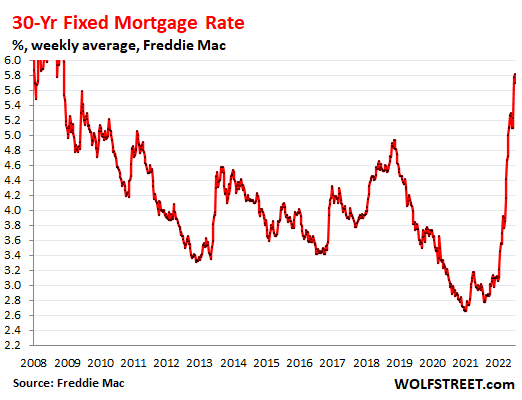After inflation's boom, here's how Wichita ranks for affordability

Inflation has soared over the past two years, but Wichita continues to be one of the most affordable cities in the country.
The Wichita area ranked as the seventh-most affordable among the nation’s 100 largest metros. That’s up five spots from the city’s 2022 ranking.
The Business Journals analyzed Bureau of Economic Analysis’ Regional Price Parity Index data to determine the rankings. The index is a measure of how much goods, housing and other services across the country cost in a specific metro area compared to the national average. Metros with a score below 100 in the index are cheaper than the national average, while those above 100 are more expensive.
Of the 100 metros analyzed, the city had the most affordable goods, scoring at 93.96.
Wichita logged an overall score of 90.49, an improvement from its mark of 91.93 a year ago.
The city topped all regional peers on the list, including Little Rock (No. 12), Tulsa (13), Oklahoma City (16), Fayetteville (21), Omaha (25) and Kansas City (27).
In the face of rising local home values tied largely to limited inventory, Wichita ranked No. 6 for housing affordability.
The city’s worst score came in the utilities category, where it found itself in the bottom third.
A look at the hottest ZIP codes in the Wichita area, ranked by highest percentage increase in median home values over the last 5 years.
The nation’s most affordable metros
Nationally, McAllen, Texas, ranked as the most affordable large metro.
McAllen was 87.7 in 2021, the latest data available. The housing index for McAllen checked in at 56.2, significantly below the national average.
Jackson, Miss.; Chattanooga, Tenn.; Knoxville, Tenn.; Toledo, Ohio; and Memphis, Tenn., also ranked near the top of the list.
San Francisco topped the list of the most expensive metro areas, at 119.8, followed by San Diego, Honolulu, New York, Seattle and Los Angeles.
The most expensive metros were clustered largely in the Northeast and in California, alongside popular migration destinations such as Boise, Idaho; and Denver.
The affordability factor
Andrew Latham, financial planner and director of content at Supermoney.com, said affordability provides an edge for communities in the bid to attract new residents.
He said most of the most affordable metros are in the Midwest and the American South. Those regions historically have lower housing costs, which heavily influences overall affordability. That comes with less population density and greater availability of land that ensures more supply, thus keeping prices down.
“As the world of work evolves and the ramifications of the pandemic continue to unfold, these metro areas may increasingly become hotspots for those seeking a balanced, cost-effective living experience,” Latham said.
Historically, those looking for lower-cost options once had to relocate to those areas, and usually receive subsequent lower pay, but remote work has changed the dynamic and given many workers a chance to choose, Latham said.
“Metro areas with a lower RPP index, such as those listed, stand out as attractive options. They offer more bang for the buck without compromising on key amenities and quality of life,” Latham said. “As businesses become more flexible with remote-work policies, employees are more empowered to choose where they live, making these affordable metro areas viable options.”


